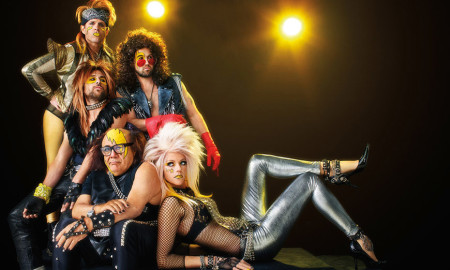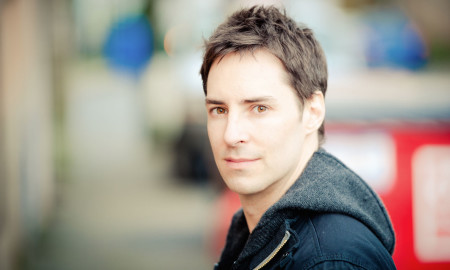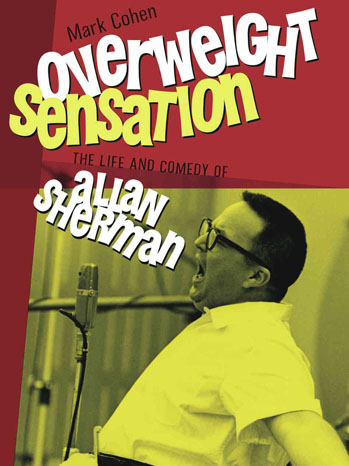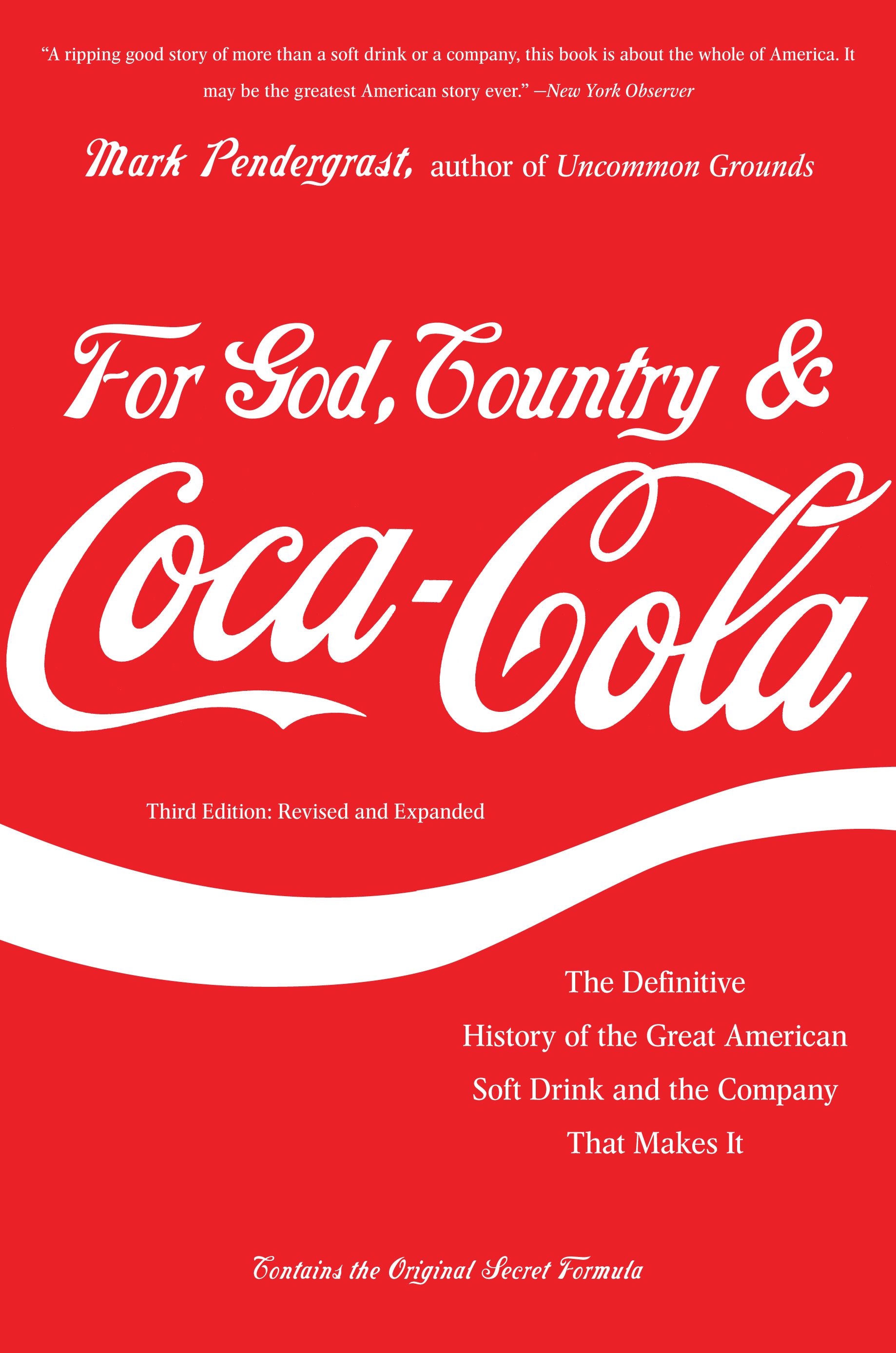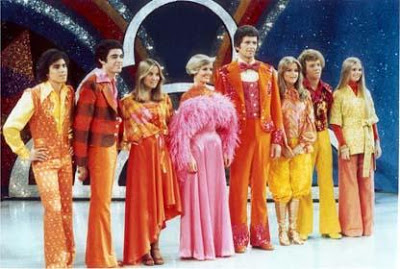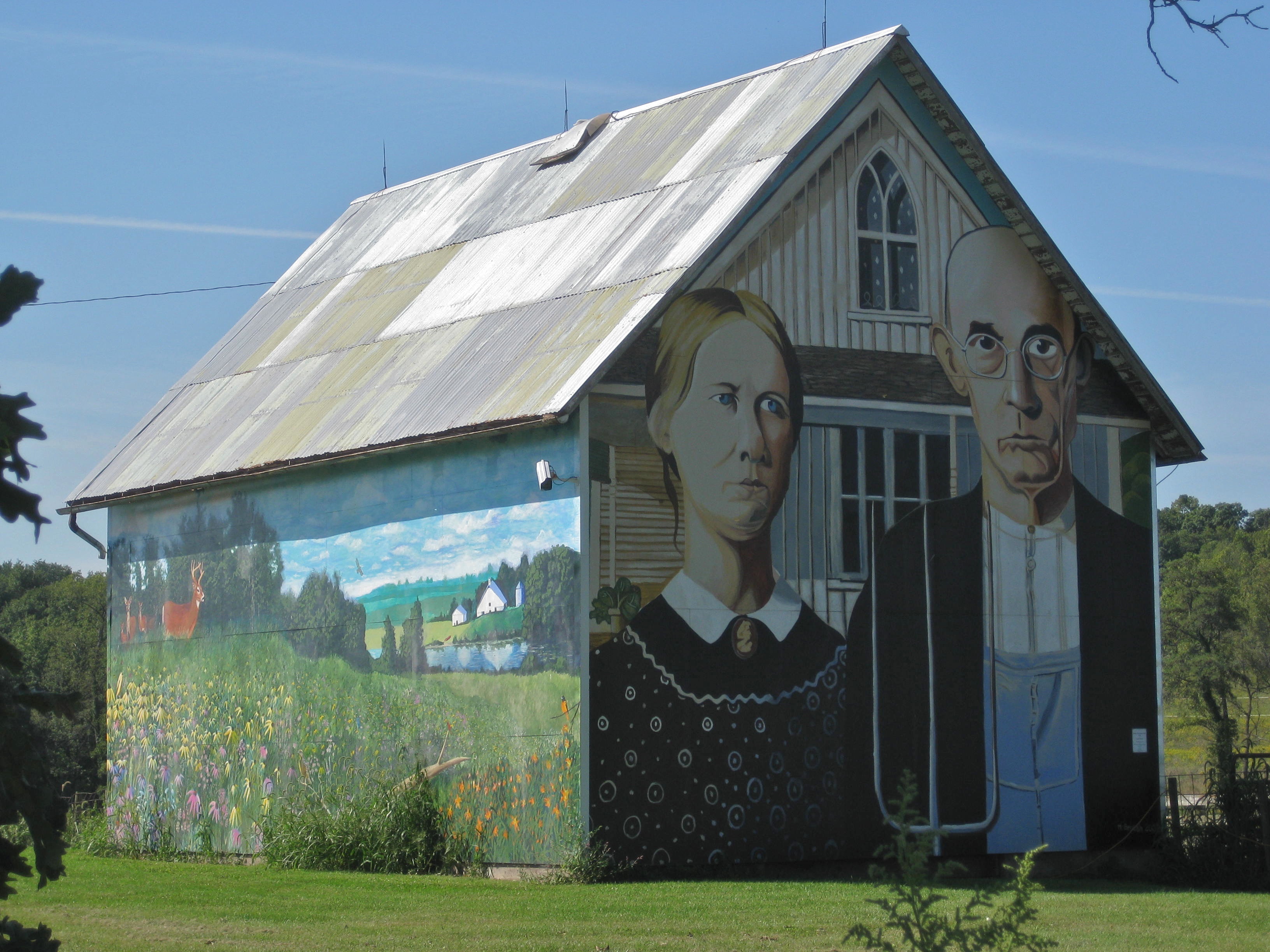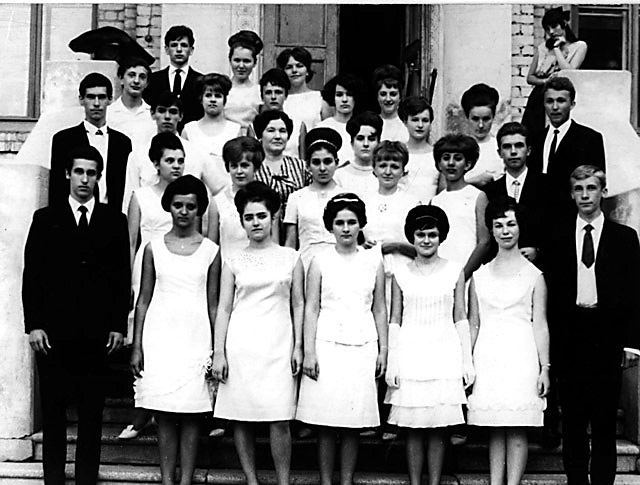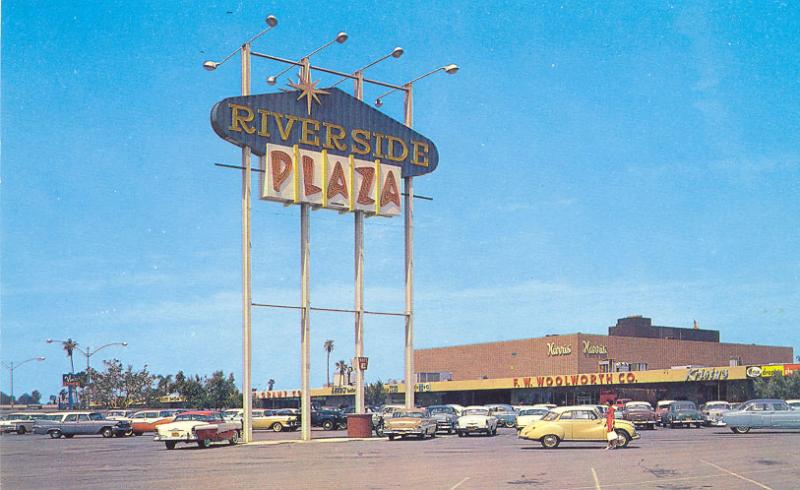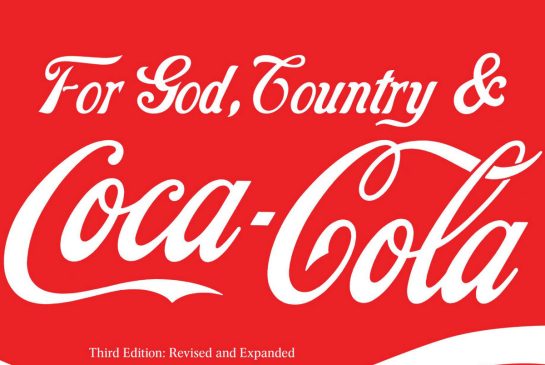

Brilliant, determined marketing has kept Coca-Cola an American icon for over a century. Here’s how.
The history of Coca Cola is so long, intriguing, complicated and unpredictable that historian Mark Pendegrast had to create a third edition of the company’s story in his book “For God, Love & Coca Cola.”
The iconic brand, which is even more recognizable than McDonald’s or Ford, has weathered many storms (including its early addition of cocaine in its mysterious formula, removed forever in 1903).
Today, despite controversies regarding childhood obesity and corporate greed, Coca Cola continues to thrive and reinvent itself.
However, the reinvention is carefully contemplated, subtle and limited: never again will the company repeat the fatal error of introducing 1985’s “New Coke,” a marketing failure that will live in infamy.
Here, Mark discusses the Coca Cola’s incredible staying power and how a simple product managed to weave itself into the lives of billions for over 100 years.
Despite roadblocks, controversies and bad news for soda’s popularity, Coca Cola is still going strong.
The stock has been going up again. The company is doing very well, even though sugary soft drinks are in decline. They now have 3500 drinks around the world, and about a quarter of those are low-calorie or no-calorie drinks. They bought Glaceau, the makers of Vitamin Water, for over $4 billion.
Have they created any new drinks recently?
They are not very good at creating their own new drinks, so they just buy out drinks that they think are worth it.
If you look at the history of Coca Cola up until 1955, they sold one drink in one size. It was in a 6 ½ oz. bottle, and it was Coca Cola, and that’s it. So what a change has taken place since then.
Do they focus solely on beverages now?
They went through a period of time where they bought Columbia Pictures, and they were trying to diversify somewhat from beverages. But they’re quite diversified within that framework now. And they are doing very well.
What ultimately makes Coca Cola the world’s most recognizable brand?
For one thing, they were the first cola. During the late 19th century, soda fountains were quite elaborate. There was tremendous competition among them. Originally, Coca Cola was a soda fountain drink and a patent medicine at the same time.
It was also very, very well marketed from the beginning. They gave away coupons to get people to sample it.
They advertised the hell out of it. They used celebrities, and sports figures like Ty Cobb. They put Coca Cola ads on things you would use over and over again, like matchbooks, pocket mirrors and Japanese fans. They put out millions of these.
There were also [advertising] signs all over the place, on the sides of buildings and barns: “Drink Coca Cola.” Ubiquitous advertising plus ubiquitous distribution. Make it available everywhere, through many, many different channels. And that’s how they have succeeded.
For a short time at the product’s beginning, it contained a very special ingredient.
People forget that it’s called Coca Cola because it had coca leaves in it. It was the source of cocaine and caffeine. It was supposed to be good for hangovers and headache. It was considered a nerve tonic and an aphrodisiac. If you were a sensitive woman or a high-powered businessman, you needed some nerve tonic to hook you up.
It wasn’t just a great drink; it was mysterious. It had a whole bunch of interesting stuff in its formula. Plus it had a lot of sugar.
Back then, consumers probably couldn’t understand why they kept coming back to it again and again.
It helped that it was addictive. Caffeine is an addictive drug. It originally had a very small amount of cocaine, but enough so that it would give you a cocaine high if you drank five or six drinks in a row.
The beverage had its detractors from the very beginning.
They were under attack even after they took the cocaine out in 1903. And they still are, for people who think the drink is bad for you.
In 1911, the U.S. government almost put the company out of business. Coke ran a lot of defensive ads that said the drink is really not bad for you.
Eventually, they gave up the advertising defense and took up the offense. And that’s how they found their winning formula for decades to come.
No more defensive ads; only positive ads. [Their new claim was]: ‘We are going to be patriotic. We are going to be wholesome.’ The women [appearing in the advertising] are going to be wholesome beauties but not overtly sexual.
Bottling was another way that Coke mastered its industry.
[Originally,] they didn’t see any future in bottling. They tried it, but the bottles would break or the tops would come off of them. It was only with the invention of the crown cap right before the turn of the century that they could succeed.
They succeeded wildly in setting up a bottling franchise so that by 1915, the Coca Cola bottler was the richest man in town in every small town in America.
Even the U.S. government gave in and saw Coca Cola as essential to the American way.
By World War II, Coca Cola, which had been banned on army bases thirty years before, was now called an essential morale booster for the troops. It was exempted from sugar rationing. It was like a gift. Its globalization exploded in the postwar world.
Coke now crosses all cultural boundaries and is a fact-of-life even in war-torn countries.
Coca Cola would prefer a peaceful world. When Nelson Madela took over South Africa, Coca Cola was very instrumental behind the scenes in making that a peaceful transition. So even though they have been very happy doing business with dictators and repressive regimes, ultimately for their own purposes, peace is good for their bottom line.
What is Coke’s direction in the next decade or so?
In the next ten years, I think it’s entirely possible that Coca Cola will still be the dominant soft drink in America, but people will be drinking more of Diet Coke and Coke Zero combined than regular Coke. That’s not the case right now.
Regular Coke is in decline. The company is frantically searching – and so is Pepsi – for a natural low-calorie sweetener that doesn’t have a bad aftertaste.
People don’t like chemical sweeteners like aspartame or saccharine because they are perceived to be bad for you, even though there is not a whole lot of science that backs that up, that I’m aware of.
Despite the obesity epidemic and the flood of beverage choices these days, Coke still remains at the top of the heap.
Robert Woodruff [former Coca Cola president] said that Coca Cola should be within an arm’s reach of desire.
It really is a good-tasting product, I must say. It has a bite to it. It really does quench thirst on a hot day.
Buy Mark’s book here.
.



